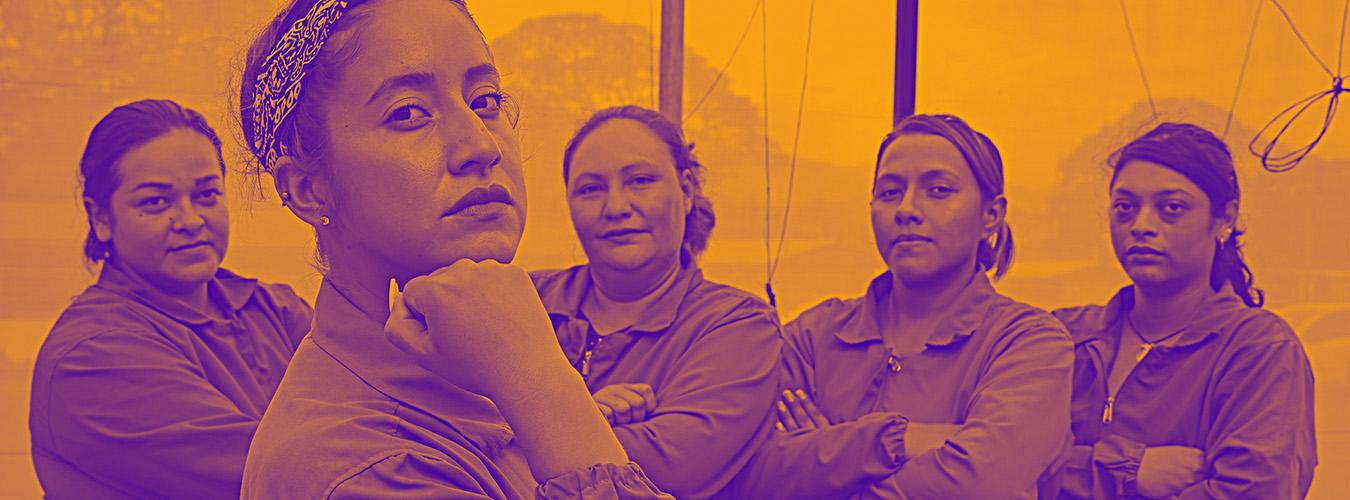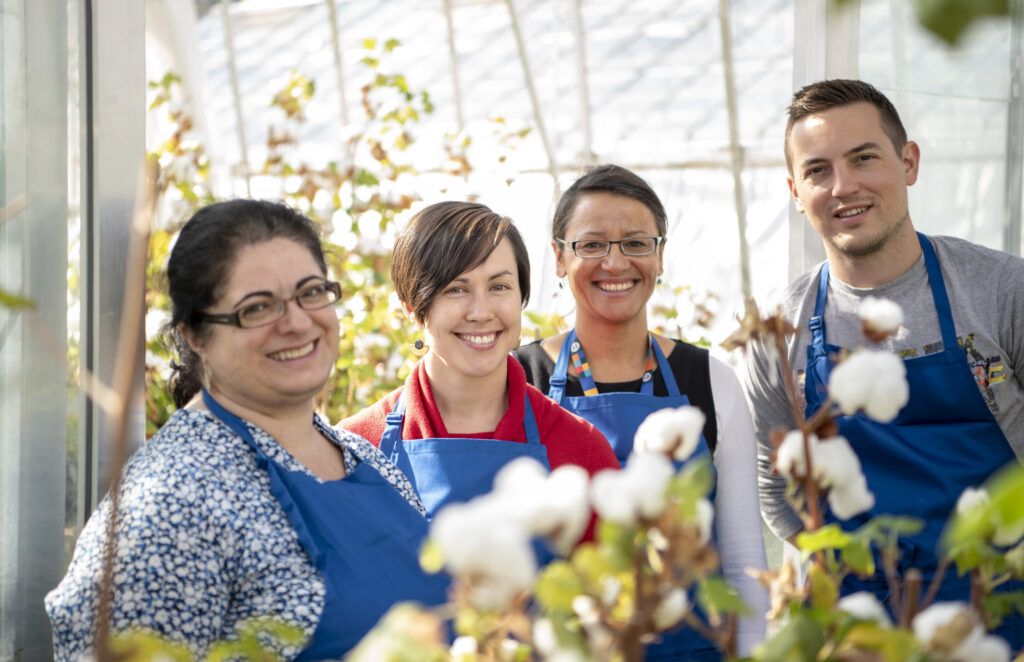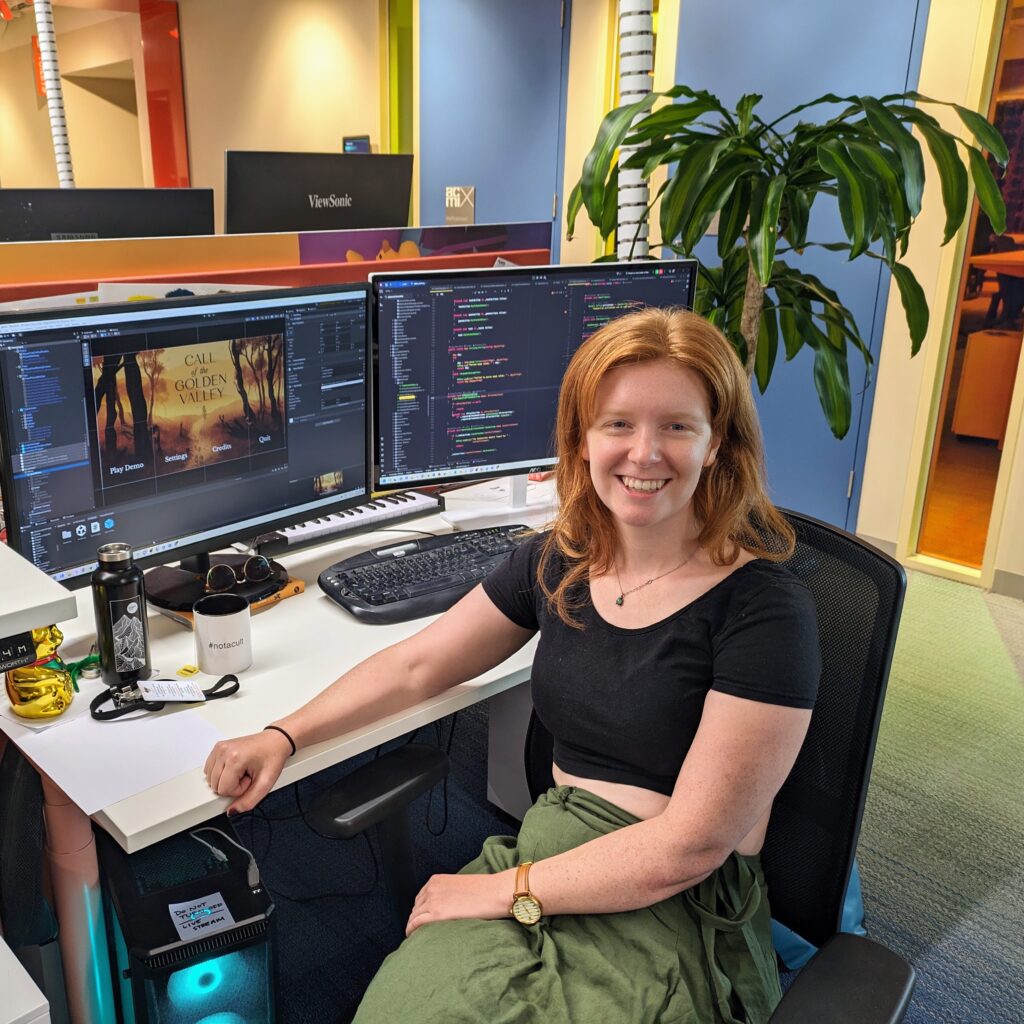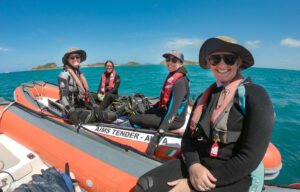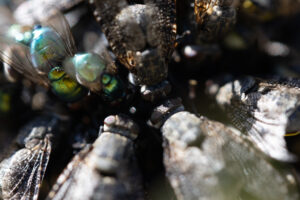Written by Michelle Aitken and Zaya Altangerel
The world has a problem with women, especially when it comes to workplace equity.
According to a new report from the World Bank, no country in the world provides equal opportunities for women in the workforce. A common measurement of gender equity at work is the gender pay gap.
In Australia, the Workplace Gender Equity Agency (WGEA) measures the total remuneration average gender pay gap as 21.7%. For every $1 men earn, women earn 78c.
The Australian Bureau of Statistics calculates the gender pay gap differently; only taking into account full-time base salaries. When broken down this way, the national gap in 2023 was 12%. And with a gap of 21.7%, Western Australia was the least equitable state.
Furthermore, the industry with the highest gap according to the ABS data is “professional, technical, and scientific services.”
This means that if you’re a woman in a STEM qualified job, and you live in WA, you’re probably getting paid less than you deserve. Oh, and you’ll be underrepresented, because only 15% of the STEM qualified workforce are women.
A day in a man’s world
The 8th of March was International Women’s Day, an event initiated by the United Nations. This year’s theme is “Invest in women. Accelerate progress.”
When we talk about progress for women in the workforce, the phrase “If you can’t see her, you can’t be her” often appears.
The phrase speaks to a need for more diverse role models at work, so that women from all racial, cultural and socio-economic backgrounds can be inspired by the achievements of people like them.
But why is visible representation so important? Can gender inequity in the workplace be solved through one catchy phrase?
Particle spoke to a variety of Australian women and gender-diverse people involved in science to hear about their lived experiences and see things from their perspective.
Women belong in science
According to Dr Colleen MacMillan, a Senior Research Scientist at the Commonwealth Scientific and Industrial Research Organisation (CSIRO), the exclusion of women from science limits our societal capacity to innovate.
“At the end of the day, our innovation potential is not being realized if we don’t have the full spectrum of humanity using science to solve problems.” says Colleen.
“Complex problems require different solutions. Not the same old solutions.”
Dr Lindy Orthia, an Honorary Senior Lecturer at the Australian National University’s School of Sociology, agrees.
“Research tells us that a diverse workforce will always produce more innovative, more interesting, more progressive, more unique ideas and work and products.”
Improving workplace equity within science will not only produce better innovation, but ensure that whole demographics (like women) are not left behind during the process.
To this day, most clinical trials only include men. And according to a 2021 report by the Alan Turin Institute, the lack of women working in data science is creating dangerous “feedback loops” that are teaching gender biases to machine learning systems.
When Particle spoke with Dr Justine Lacey, a Research Director at the CSIRO’s Responsible Innovation Future Science Platform, she highlighted the importance of addressing this problem by having better diversity at the helm of scientific research.
“It’s great to have more women in research, and it’s great to have more women in research management – in that decision making role around specific directions of scientific research.” says Justine.
Breaking down stereotypes
So, you’re a woman who’s beaten the odds and made it into the science industry. We hate to say it, but the fight is just beginning.
Wiradjuri woman Rae Johnston describes working in the male dominated field of science broadcasting and journalism as a “lonely experience”.
“It was simple things. Like there would be promo shirts for games, and they were always in an XXL … That was the standard sizing of everything.” says Rae.
“It was assumed that you would be a man when you walked in the room.”
In moments like this, the presence of a role model or mentor with similar shared experiences can make a world of difference.
“You feel you feel like it’s easy to bring things up to people you see yourself in and you feel like they’ll understand what you’re telling them and they’ll get it.” says Madeleine Clute, Founder and Director of O’Saurus Studios.
For Dr Parwinder Kaur, Associate Professor at the University of Western Australia and Director of DNA Zoo, mentors are much more than a comforting chat.
“Mentors are not just for coffees and reflections. Mentors are your credible champions who open doors for you and take you places from a career or even a personal trajectory.” says Parwinder.
However, having a role model or mentor is a privilege that is not available to everyone.
When reality doesn’t cut it
As a young queer person, Kat Ross, an astrophysicist at the International Centre for Radio Astronomy Research, didn’t have a real-life role model in science. So, they turned to fiction.
“Most of the role models I had were fictional…I personally have always been a huge fan of Dr Kathryn Janeway from Star Trek.” says Kat.
This doesn’t surprise Lindy, who’s research includes fictional representations of queer and non-binary scientists in Star Trek. According to Lindy, the presence of these characters gives a “different characterisation of the culture of science or what a science team looks like.”
These fictional stories have the potential to “rock the boat a little bit” and challenge what we accept as normal.
Nat Latter is the owner of Rabble Books & Games in Maylands, known for its thoughtful curation of diversity in authors and content.
“I think that art helps people see things differently and artists curate a landscape for people and give people a particular perspective on the world. [It can be] really powerful to have your world or part of yourself reflected back to you.” says Nat.
Not just a gender problem
Many of the people we interviewed felt the challenges they have faced in their careers are symptomatic of bigger problems in society.
Looking back on her career, Parwinder says that the challenges she has faced “are not really directly work related. They’re mostly bigger lens things.”
It’s a sentiment shared by Lindy.
“It’s not just science at fault here, it’s the entirety of our culture that needs to change.”
And that change cannot be restricted to a binary conception of gender. Gender isn’t the only attribute that influences our biases.
In a survey of over 370 culturally and racially marginalized (CARM) women in the workplace by Diversity Council Australia, 75% reported being treated differently because others assumed them to be working in a lower status job than they did. And 42% agreed their “supervisors closely scrutinised their work more than non-CARM women employees.”
This highlights the importance of intersectionality whenever we seek to address inequity.
Colleen describes this work as “really looking at the whole person, rather than marginalized separated attributes.”
“Visibility…it’s not the only part of the solution, but it is an important part of the solution.” says Colleen.
When she says ‘visibility’, Colleen is talking about the “visibility of men and women across the spectrum of gender in science.” She’s also speaking to the intersecting attributes of age, socio-economic status, disability, faith, neurodiversity, culture and race.
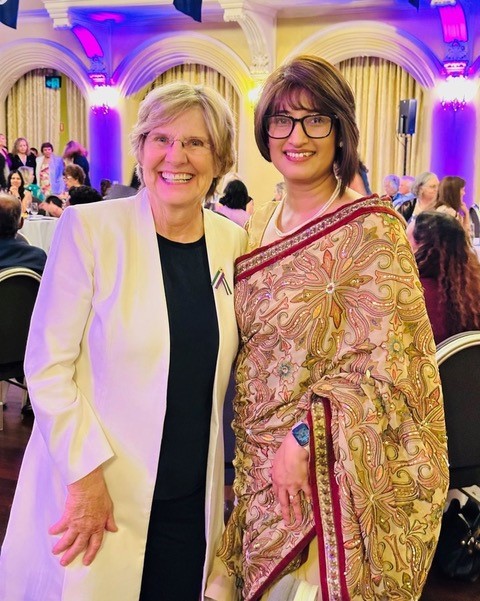
“If you can’t see older women who are dark skinned as still vibrant, interesting scientists. That means that, you know, there’s no place for that in Australia.” says Colleen.
“I have not seen anyone like me voice the struggles that we have in this country,” says Parwinder, who was born in India.
It was the primary reason for her being involved in the Pathway to Diversity in STEM Review conducted by the Department of Industry, Science and Resources. The document outlines 11 recommendations on how to support and retain diverse people within Australian science.
When talking to male classmates about whether to pursue an honours year, Kat realised that a lack of representation was holding her back.
“It was this moment of looking and realizing, maybe that feeling that I’m having isn’t because I do not belong here, it’s because it’s an environment where it looks like I don’t belong.”
Not just a women’s issue
Workplace inequity has negative impacts on women. So, there’s an unspoken expectation that women need to fix the problem.
“There’s a risk of putting too much onus on the individuals to just get in there and do it, when in fact, there are so many things in the culture, that make it horrible to be in the sciences sometimes,” says Lindy.
This is where the idea “If you can’t see her, you can’t be her,” and its inverse, “See her. Be her.” can get tricky – despite good intentions.
Lindy argues that the idea is based on a ‘deficit model’.
“It’s as if women and gender diverse people just are too ignorant, or have not been exposed to this idea that they could be a scientist. If we just have enough exposure, they will feel able to do that, and they’ll go ahead and do it.”
Rae cautions that the burden can be intense on underrepresented people.
“I don’t think that underrepresented people should be hired with the expectation that they then become visible role models in their industry.” she says.
“I think that’s unfair. You should just let them be able to do their job…That should be an individual choice.”
“The ones who are super inspiring, they’re usually not the ones sitting on the executive boards and things like that because they’re just so busy giving back or working with the community.” says Parwinder.
According to the WGEA, only 34% of Australian board members are women. Less than a quarter of organisations have set targets to improve this.
For things to truly change, it’s important that men, the beneficiaries of current workplace inequity, act as well. They can benefit from diversity and representation as well.
“Representations of diverse science teams matter not only to diverse people, but to the cis people, male people, heterosexual people who are in science,” says Lindy.
“[They] need role models themselves on how to do science differently, how to do their work culture differently, and how to interact better in a diverse workplace with other people. So role models matter for that reason as well, not just for those who are feeling excluded.”
Rae echoes the sentiment.
“There’s no point in being in the room if you’re not going to be heard. So the people at the top need to be open to that.”
Work has already started
Although it’s a big task, achieving workplace equity is not impossible. There is hope for the future.
Initiatives like the Athena Swan framework are already helping science organisations across Australia address gender inequity.
“I feel really hopeful for the future. There’s a whole generation of people that just aren’t gonna cop what we copped. They’re gonna speak up, and it’s great,” says Rae.
“And I think they feel supported and I love that.”
We recognise that the binary terms of gender we’re using in this article don’t represent everyone who experiences oppression under patriarchy. Data available to us on wage equity only refer to men and women, but we acknowledge that gender is a spectrum, and that positive social change needs to include trans, gender diverse, and non-binary people.


